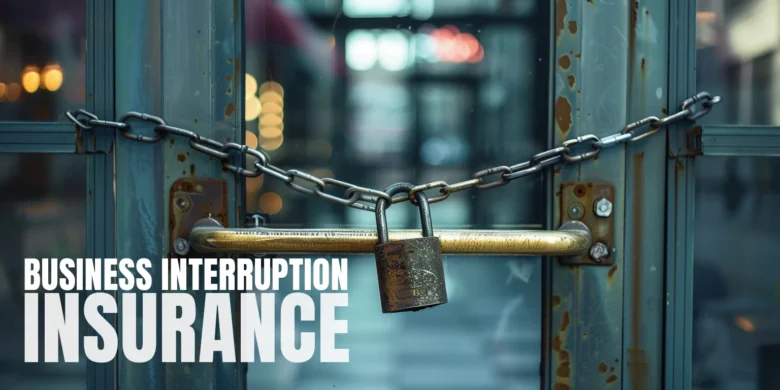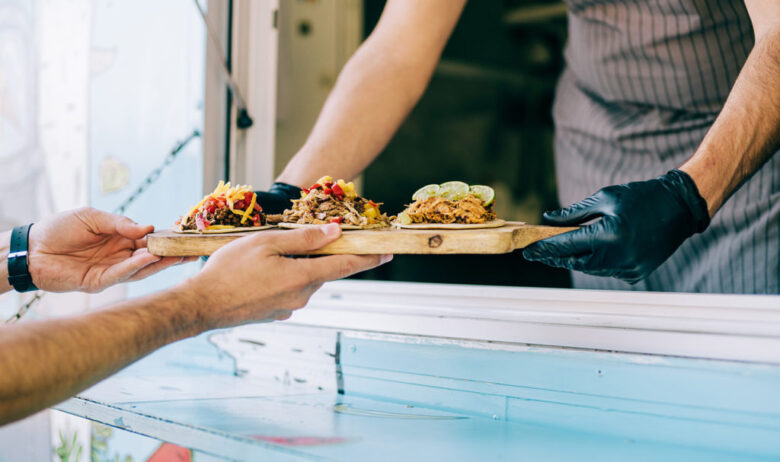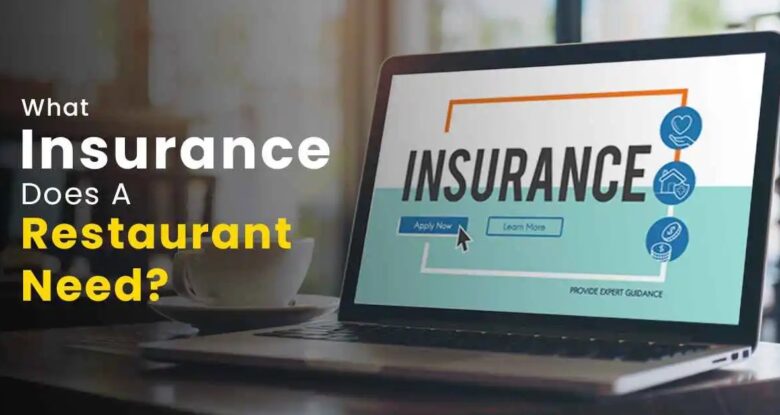Running a restaurant involves a lot of moving parts. From ensuring your food quality is top-notch to managing staff and providing excellent customer service, there’s no shortage of tasks.
Amidst these responsibilities, securing the right insurance is often overlooked, yet it’s crucial for protecting your business. Be sure to always check the restaurant insurance quote in advance.
This comprehensive guide explores various types of insurance coverage needed for a restaurant and how much you should consider.
Basics

Restaurant insurance is a specialized policy designed to cover the unique risks faced by food service establishments. It typically includes multiple types of coverage bundled into a single policy, providing protection against property damage, liability claims, employee injuries, and other unforeseen events. Understanding the different components of restaurant insurance is the first step toward ensuring your business is adequately protected.
1. General Liability
General liability is a cornerstone of any restaurant’s portfolio. It protects against claims of bodily injury, property damage, and personal injury that occur on your premises. For example, if a customer slips and falls in your restaurant, this coverage helps pay for their medical expenses and any legal fees if they decide to sue.
Recommended Amount:
- Small to mid-sized restaurants: $1 million per occurrence and $2 million aggregate.
- Larger establishments: $2 million per occurrence and $4 million aggregate.
2. Property
Property insurance covers damage to your restaurant’s physical assets, including the building, kitchen equipment, furniture, and inventory. This coverage is essential for protecting against risks like fire, theft, vandalism, and natural disasters.
Recommended Amount:
- Evaluate the replacement cost of your property and assets. Coverage should be sufficient to repair or replace damaged items.
3. Business Interruption

Business interruption insurance compensates for lost income if your restaurant has to close temporarily due to a covered event, such as a fire or natural disaster. This coverage ensures you can continue to pay ongoing expenses like rent, utilities, and employee salaries even when your operations are halted.
Recommended Amount:
- Typically, coverage should be equivalent to six months to a year of revenue, depending on your risk tolerance and the potential time required to reopen.
4. Workers’ Compensation
Workers’ compensation insurance is mandatory in most states and provides coverage for employees who suffer job-related injuries or illnesses. This insurance covers medical expenses, rehabilitation costs, and lost wages.
Recommended Amount:
- Coverage requirements vary by state but should cover all employees, including part-time and seasonal workers.
5. Liquor Liability
If your restaurant serves alcohol, liquor liability insurance is crucial. This coverage protects against claims arising from alcohol-related incidents, such as a customer causing an accident after leaving your establishment intoxicated.
Recommended Amount:
- Coverage limits should align with your general liability insurance. A typical recommendation is $1 million per occurrence and $2 million aggregate.
6. Commercial Auto
If your restaurant uses vehicles for deliveries or catering services, commercial auto insurance is necessary. This coverage protects against accidents, theft, and damage involving business vehicles.
Recommended Amount:
- Minimum liability coverage should meet state requirements, but higher limits are advisable for greater protection.
7. Cyber Liability

In today’s digital age, restaurants increasingly rely on technology for reservations, orders, and payments. Cyber liability insurance protects against data breaches, cyberattacks, and other technology-related risks.
Recommended Amount:
- Small restaurants: $250,000 to $500,000.
- Larger establishments: $1 million or more, depending on the volume of data handled.
8. Employment Practices Liability (EPLI)
EPLI covers claims related to employment practices, such as wrongful termination, discrimination, harassment, and other workplace issues. This insurance helps with legal fees and settlements.
Recommended Amount:
- Small to mid-sized restaurants: $500,000 to $1 million.
- Larger establishments: $1 million to $2 million.
9. Umbrella
Umbrella insurance provides additional liability coverage beyond the limits of your other policies. It acts as a safety net for large claims that exceed your primary coverage limits.
Recommended Amount:
- A typical recommendation is $1 million to $5 million, depending on the size and risk profile of your restaurant.
10. Equipment Breakdown
Equipment breakdown insurance, also known as boiler and machinery insurance, covers the repair or replacement of essential equipment that breaks down due to mechanical or electrical failure. This coverage is vital for restaurants relying heavily on kitchen equipment.
Recommended Amount:
- Determine the value and importance of your equipment. Coverage should be sufficient to repair or replace key items quickly to minimize downtime.
11. Food Contamination Insurance

Food contamination insurance covers losses due to food spoilage or contamination. This coverage is crucial for restaurants to protect against the financial impact of spoiled food, which can result from power outages, equipment failure, or contamination incidents.
Recommended Amount:
- Coverage should be enough to cover the cost of contaminated food, cleaning, and potential lost revenue.
12. Crime Insurance
Crime insurance protects against financial losses resulting from criminal activities such as theft, burglary, and employee dishonesty. Given the cash-heavy nature of many restaurants, this coverage can provide peace of mind.
Recommended Amount:
- Evaluate the cash flow and inventory levels to determine appropriate coverage. Typically, $10,000 to $100,000 is a standard range for small to mid-sized restaurants.
13. Spoilage
Spoilage insurance is another vital coverage for restaurants, protecting against the financial loss of perishable stock due to equipment breakdown, power outages, or other covered events. This ensures that you won’t suffer significant financial losses from spoiled food items.
Recommended Amount:
- Coverage should be sufficient to cover the cost of perishable inventory. Assess your stock levels regularly to maintain adequate coverage.
Determining the Right Amount of Coverage
When determining the right amount of coverage for your restaurant, consider the following factors:
- Size of the restaurant: Larger establishments generally require higher coverage limits.
- Location: Restaurants in high-risk areas (e.g., prone to natural disasters) may need more coverage.
- Value of assets: Calculate the replacement cost of your property and equipment.
- Type of services offered: Restaurants offering delivery, catering, or alcohol service may need additional coverage.
- Legal requirements: Ensure compliance with state and local insurance regulations.
Reviewing and Updating Your Coverage
Regularly review your insurance policies to ensure they meet your current needs. As your restaurant grows or changes, your coverage requirements may evolve. Work with an experienced insurance agent to assess your risk profile and adjust accordingly.
Conclusion

Proper insurance coverage is vital for protecting your restaurant from unforeseen events and financial losses. By understanding the different types of coverage and determining the appropriate amounts, you can ensure your business is well-protected. Regularly review and update your policies to keep pace with your restaurant’s growth and changing needs. Investing in the right insurance coverage not only safeguards your assets but also provides peace of mind, allowing you to focus on delivering exceptional dining experiences to your customers.
Taking the time to understand and implement the right insurance policies for your restaurant can save you significant trouble and financial loss down the line. It’s an investment in the longevity and stability of your business. As you navigate the complexities of restaurant management, let comprehensive insurance coverage be a cornerstone of your strategy, providing the security needed to thrive in the competitive food service industry.

